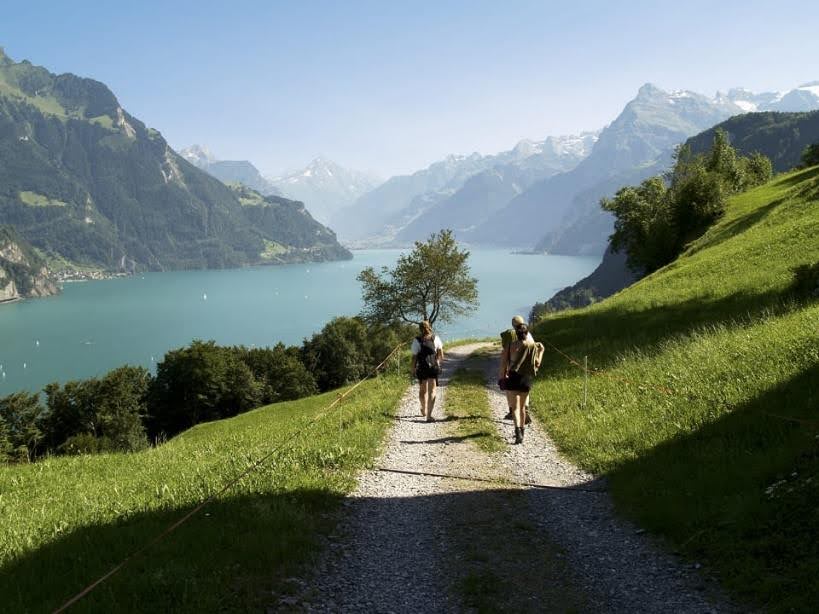
27 May Seasonality and Responsible Travel
WHY IS SEASONALITY IMPORTANT
Whether it is overtourism in peak times or just ensuring that the benefits of tourism as spread across the year – seasonality impacts tourism destinations. Seasonal trends significantly impact traveler behavior1. Holidays, weather, sports, and global events all influence when people choose to travel2–4. There are unique opportunities presented by each season that destination marketing organizations (DMOs) can capitalize on through strategic marketing efforts5–7. Understanding seasonality can help DMOs anticipate increased demand for transportation, accommodations, and attractions, ensuring that adequate facilities and services are available to meet visitor needs8. Recognizing seasonal patterns can also help DMOs address sustainability and environmental concerns9.
WHAT IT MEANS
Understanding seasonality helps DMOs identify the times of the year when they can expect an influx of visitors1 and showcase the destination’s year-round appeal. During peak seasons, they can focus on attracting a larger share of the existing demand10,11, while during off-peak seasons, they can focus on generating demand through targeted marketing campaigns12,13. By identifying when visitor numbers will be highest, DMOs can ensure that they have enough resources to meet demand7. Seasonality affects visitor behavior1, such as the types of activities tourists engage in or the types of accommodations they choose. By understanding these patterns, DMOs can tailor their messaging and promotions to better align with visitor preferences11.
HOW TO MANAGE IT
DMOs can market off-peak tourism activities to take pressure off the most popular times of the year and ensure the benefits of tourism extend throughout the year. Here are just a few examples of campaigns addressing seasonality issues and encouraging visitors to travel when their visit will have lead to better outcomes for the destination.

Australia
Australia experiences seasonality due to its diverse climate and geography14. Tourism Australia has successfully managed this by promoting different regions and activities through the promotion of discovering Australia in different seasons15,16. They highlight beach destinations and outdoor activities during the summer months, while focusing on winter sports and wildlife experiences during the colder months.

Scotland
Scotland experiences significant seasonality with peaks during the summer months due to events like the Edinburgh Festival and the Highland Games. VisitScotland has capitalized on this by promoting outdoor activities, cultural events, and scenic landscapes during the summer, while promoting winter sports and festive events during the winter17. They highlight the unique experiences available throughout the year to attract visitors in both peak and off-peak seasons.

Switzerland
Switzerland experiences strong seasonality, with peaks during the ski season in winter and the hiking and outdoor adventure season in summer18. Switzerland Tourism has successfully managed seasonality by promoting different regions and activities based on the time of year. They emphasize skiing, snowboarding, and winter festivals during the winter months, while promoting hiking, biking, and cultural events during the summer. They highlight year-round attractions such as scenic train rides and city tours to attract visitors during off-peak seasons.
These examples demonstrate how DMOs can effectively manage seasonality by diversifying their marketing strategies, promoting a range of activities and experiences year-round, and targeting different visitor segments throughout the year.

